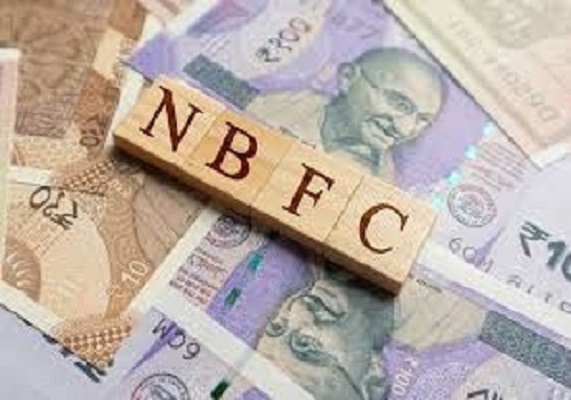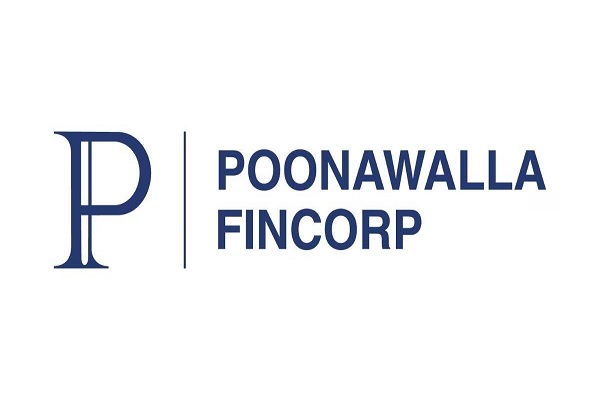NBFC Sector Update : Rate transmission to suppress lending yields; margin bias negative in 1HFY26 by Motilal Oswal Financial Services Ltd

Rate transmission to suppress lending yields; margin bias negative in 1HFY26
Decline in WALR and steady WATDR point to NIM pressure for banks
* The Weighted Average Lending Rate (WALR) on fresh loans decreased 9bp MoM in Apr’25, following a 5bp decline in Mar’25. Public Sector Banks (PSBs) reported a 20bp decline MoM (down 2bp MoM in Mar’25), while Private Banks (PVBs) reported a sharp reduction of 24bp MoM (up 8bp MoM in Mar’25).
* WALR on outstanding loansfor the system declined 7bp MoM to 9.68%, with PSBsreporting a 7bp MoM decline to 9.02% and PVBsreporting an 8bp MoM decline to 10.63%.
* The Weighted Average Term Deposit Rate (WATDR) for the system declined marginally 3bp MoM to 7.01%. During Jan’25-Apr’25, the WATDR remained flat at 7.01%, indicating heightened competition for deposits as credit growth continued to moderate.
* As of 16th May’25, systemic credit growth declined to ~9.8% amid higher CD ratio and stress in the system. Our checks suggest that banks are currently following a conservative path with a keen focus on asset quality vs disbursement velocity.
* We expect banks’ NIMs to experience a downward bias in the near term, with growth likely to be slower in FY26 amid a slowdown in retail and corporate lending. We expect our overall coverage universe to clock an earnings CAGR of 11.5%.
* Our top picks are ICICI, HDFCB, SBIN, and AUBANK.
WALR on fresh loans decreases in Apr’25; decline in O/S WALR loans amid rate cuts suggests NIM contraction for banks
* WALR on fresh loans declined 9bp MoM (down 5bp in Mar’25), with a sharp reduction of 24bp MoM for PVBs and 20bp MoM for PSBs. During Jan-Apr’25, WALR on fresh loans reduced 12bp for PVBs and 13bp for PSBs.
* Following two successive 25bp rate cuts, fresh rupee loan over repo premium increased to 4.08% for PVBs and 2.46% for PSBs (the highest premium since Aug’22). The decline in fresh rupee loans turned out to be lower compared to the decline in repo rates. With more rate cuts expected, banks are likely to pass on these reductions, which should lead to a further decline in fresh rupee rates.
* WALR on O/S loans declined 7bp MoM to 9.68% (vs a 3bp MoM decline in Mar’25) and has been on a downward trend over the past three months. During this period, O/S loans declined 17bp compared to a 50bp decline in the repo rate and are expected to decline further as the rate cuts intensifies.
* The one-year MCLR for most PVBs declined 10-35bp, with ICICI Bank recording the highest reduction of 35bp. In contrast, PSBs saw an increase of 5-25bp over the past year.
WATDR trend stands flat MoM for both PSBs and PVBs
* WATDR declined marginally by 3bp MoM in Apr’25, with both PSBs and PVBs reporting a flat trend. During Jan’25-Apr’25, WATDR remained flat for both PSBs and PVBs, indicating intense competition within the industry and suggesting higher CoF in 1HFY26.
* Following a 50bp cut in repo rates, banks have reduced their SA rates across most buckets as well as reduced peak TD rates in certain higher maturity buckets.
* With RBI continuously injecting liquidity into the system, the revival of deposits will be crucial for reducing overall costs. Given the lag in deposit repricing, we estimate the CoF to reduce from 2HFY26 onwards.
Credit growth declines to ~9.8% YoY; deposit growth stands at ~10%
* Systemic credit growth declined to ~9.8% YoY, following a busy 4Q season for banks, and was further impacted by a slowdown in retail, subdued demand in the secured segment, and an elevated CD ratio in the system.
* Deposit growth remained stagnant at 10-12% over the past 2-3 years. With a higher CD ratio in the system, overall credit growth dipped to ~9.8%. We estimate credit growth to sustain at ~12% YoY in FY26.
CD ratio remains high at 79.6%; incremental CD ratio declines to 78.5% vs 85.3% (at the start of the first rate cut)
* O/S LDR has slightly reduced to 79.6% from the highs of 80.4% in Dec’24. Most PVBs have already utilized their balance sheets, while PSBs have also increased their LDR levels over the past 1-2 years.
* The outstanding CD ratio has increased for most banks, with PSBs exhibiting higher incremental CD ratios vs PVBs. Among PSBs, Indian Bank, BoB, SBI, and Union Bank reported higher incremental CD ratios in the range of 94-114% over the past year, indicating greater utilization of their balance sheets. Among PVBs, IIB’s incremental CD ratio remained low at 6.5% (amid the bank run), while HDFC’s incremental CD ratio was lower at 40.2% (to manage the merger). PSBs continued to maintain healthy LCR levels vs private peers.
Rate transmission to affect lending yields; NIM bias negative in 1HFY26
* The turn in the repo cycle has started to impact portfolio yields for banks, as reflected in recent data on WALR for both fresh and outstanding loans. Further repo cuts in CY26 are expected to lead to a negative impact on bank margins in the near term.
* The decline in WALR on O/S and fresh loans, vs a stagnant WATDR due to a lag in rate transmission, is expected to continue keeping NIMs under check.
* We estimate that NIMs will experience a negative bias in 1HFY26, as further rate cuts are expected to exert pressure on lending yields. However, the lagged passthrough of deposit rate reductions is expected to slightly improve NIMs in 2HFY26.
* In 4QFY25, banks reported mixed trends, with large PVBs showing an expansion in NIMs due to day count adjustment, while PSBs showed a mild contraction.
Earnings growth to bottom out in FY26; 2HFY26 to be better than 1HFY26E; Top ideas: ICICIBC, HDFCB, SBI, and AUBANK
* With repo cuts now in effect, banks have started to witness a decline in WALR on loans. As inflation is on the lower trend, further rate cuts appear imminent, which will likely impact lending yields. To mitigate this, most banks have already cut their SA rates across buckets and have cut peak TD rates in higher maturity buckets, which should help negate some of the impact of declining yields.
* Credit growth for the system has declined to ~9.8% as of 16th May’25. Our channel check note (Link) and interactions with industry experts suggest that banks are currently following a conservative path with a keen focus on asset quality vs disbursement velocity. Retail disbursals are flowing selectively into high-score, well-documented profiles, while corporate loan growth is expected to remain modest in FY26.
* We expect banks’ NIMs to exhibit a downward bias in the near term, while loan growth is likely to be slower in FY26 amid a slowdown in retail and corporate lending. Consequently, we expect private banks to report an aggregate earnings CAGR of 15.1% over FY25-27. For PSBs, we estimate an earnings CAGR of 7% over the same period. We expect our overall coverage universe to clock an earnings CAGR of 11.5%. A healthy balance sheet, robust PCR, and wellmaintained contingent buffers are expected to mitigate downside risks to earnings.
* Top picks: ICICI, HDFCB, SBI, and AUBANK.
For More Research Reports : Click Here
For More Motilal Oswal Securities Ltd Disclaimer
http://www.motilaloswal.com/MOSLdisclaimer/disclaimer.html
SEBI Registration number is INH000000412
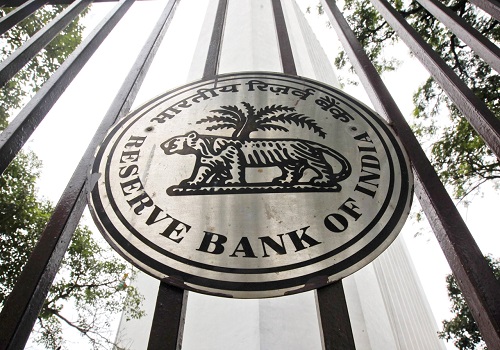
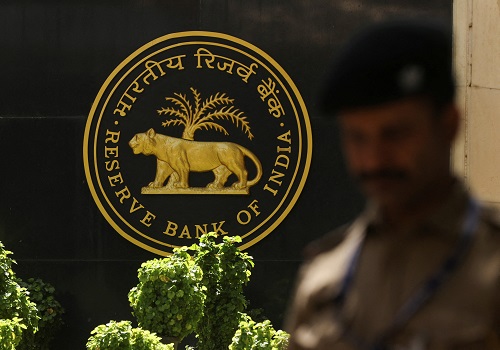







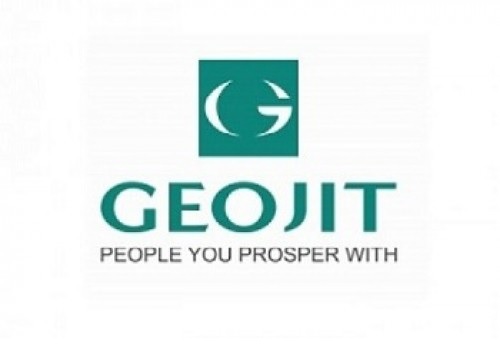
More News
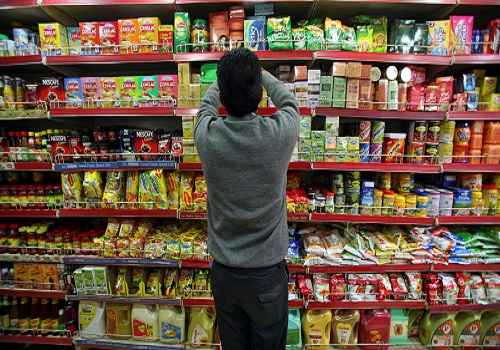
Consumer Goods Sector Update : Steady 1Q solidifies optimism for FY26 recovery by Motilal Os...












